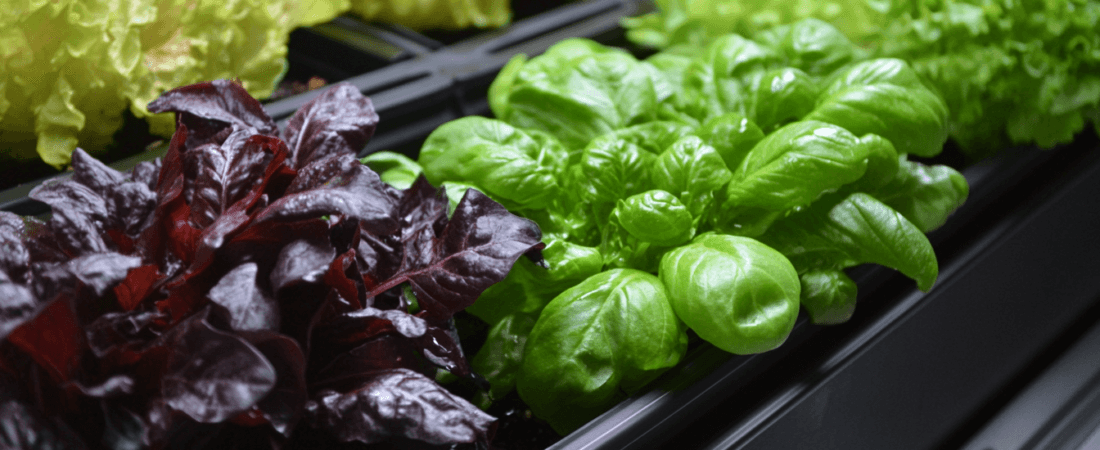Gardening in Limited Spaces: Tips for Dorm Rooms, Apartments, and Tiny Homes
You don’t have to give up on your green thumb dreams because you reside in a limited space. Inside a dorm room, a small apartment, or a tiny house, there are various smart ways to grow plants, herbs, and even vegetables. With a bit of imagination and some cutting-edge horticulture techniques like aquaponics, hydroponics, and composting, even a small corner can be converted into a green oasis. Let’s dive in to some simple tips and ideas to get you going!
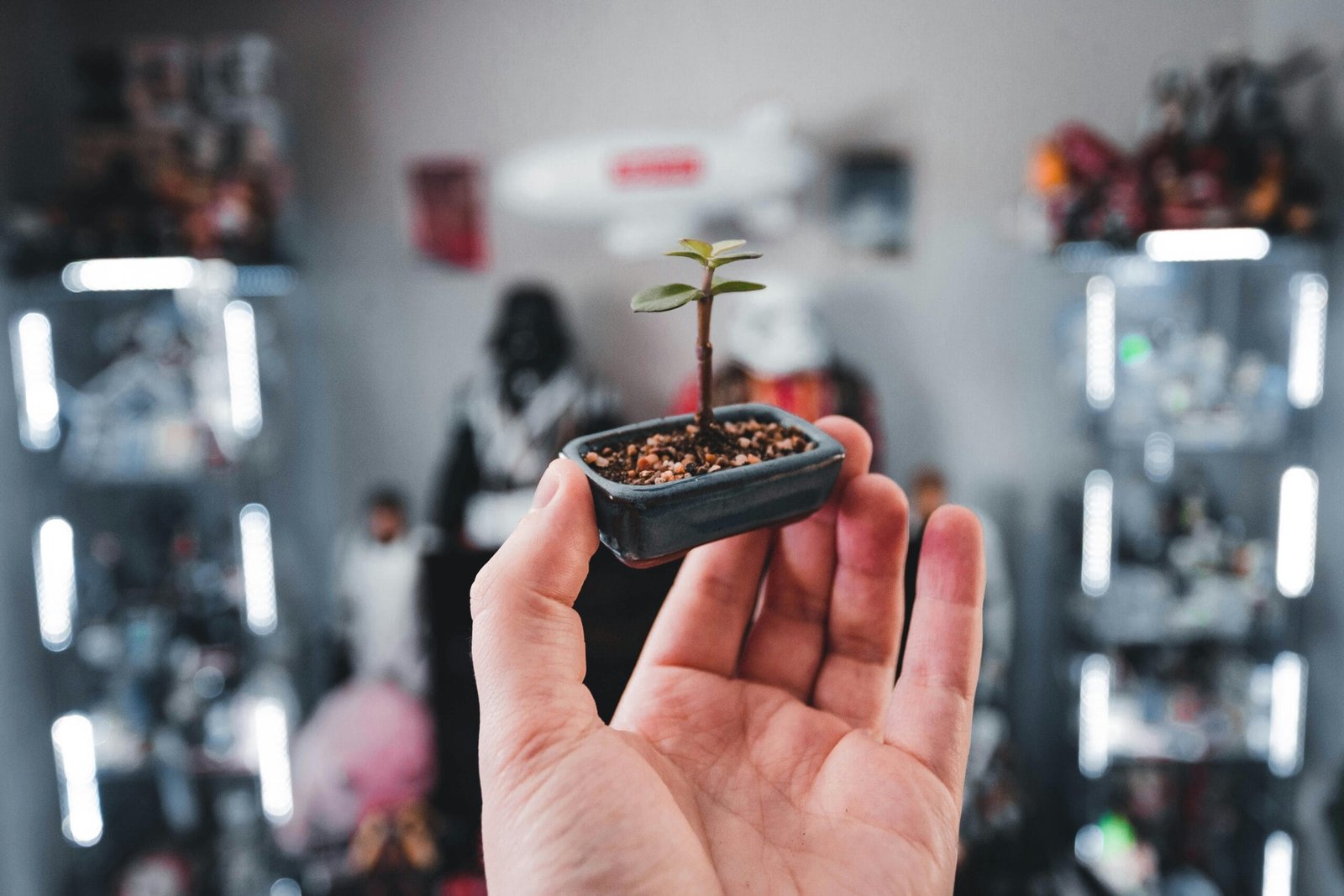
1. Start with the Right Plants
If space is limited, it all depends on choosing the right plants. Choose small, low-maintenance, easy-to-grow plants for inside. These are some great options:
- Herbs: Basil, mint, parsley, and cilantro grow well in small pots and are great for cooking.
- Leafy Greens: Lettuce, spinach, and kale take up little space and grow quickly.
- Dwarf Varieties: Get dwarf tomatoes, peppers, or strawberries specifically bred for small spaces.
- Succulents and Air Plants: If decorative plants are your thing, these are low-fuss and fashionable.
Pro Tip: Get creative with vertical space! Suspend planters, employ wall-mounted shelves, or experiment with a tiered plant stand to make the most of your growing space.
We have a blog about the best herbs to grow in your garden, check it out here!
2. Aquaponics: A Self-Sustaining Ecosystem
Aquaponics is a small-space gardening revolution! A marriage of fish-keeping (aquaculture) and hydroponic plant growing (in water). Fish waste is used as fertilizer for the plants, and the plants purify the water for the fish. Win-win!
How to Start Small:
- Desktop Aquaponics Kits: Best for newbies and can be set up on a countertop or table.
- DIY Setup: Hook up a tiny fish tank, a water pump, and a grow bed. Lettuce, herbs, and strawberries are fine in aquaponic systems.
- Fish Choices: Betta fish or minnows are good choices for small systems.
Aquaponics not only conserves space but also adds a calming, natural ambiance to your home with the sound of running water and the sight of swimming fish.
Here is a great video on aquaponics:
3. Hydroponics: Soil-Free Gardening
If you’re short on space and don’t want to deal with soil, hydroponics is your best friend. This method grows plants in nutrient-rich water, and it’s incredibly space-efficient.
Simple Hydroponic Ideas:
- Kratky Method: This is a passive hydroponic system that does not require the use of electricity or pumps. Just fill a vessel with nutrient solution, place your plant in a net pot, and grow. Ideal for leafy greens and herbs!
- Vertical Hydroponic Towers: These take up very little floor space and can hold many plants at the same time.
- DIY Mason Jar Hydroponics: Use mason jars, net pots, and hydroponic fertilizer to grow herbs like basil or mint on your windowsill.
Hydroponics is clean, fast, and perfect for small spaces. And it’s a fun way to experiment with high-tech garden experiments.
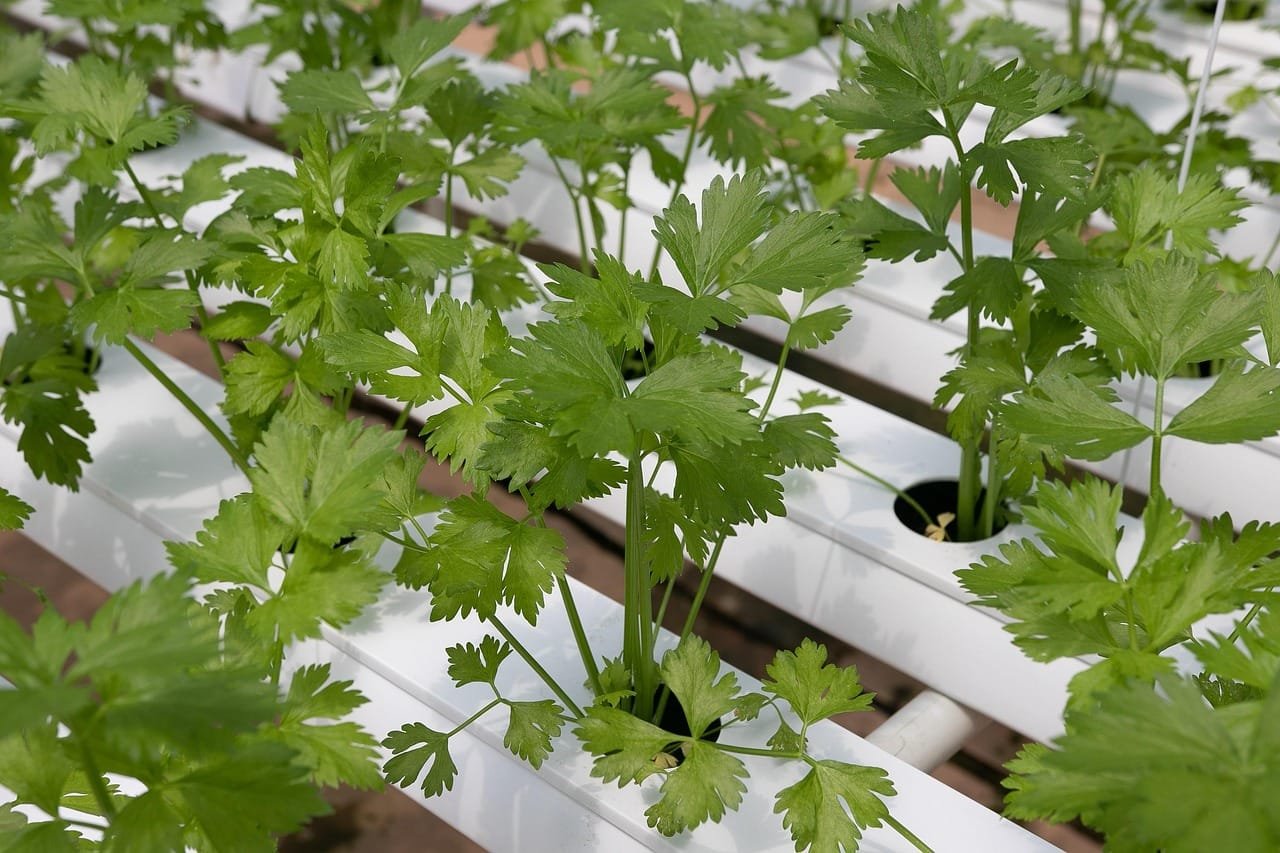
4. Composting in Small Spaces
Composting allows the appearance of impossibility in a small space, but it is entirely possible with the right method. This not only minimizes waste, but it also allows for nutrient-rich soil for your plants.
A fantastic video on composting in a 5 gallon bin:
The Small-Space Compost Ideas:
- Bokashi Bins: These small bins utilize fermentation to decompose food waste, such as meat and dairy products, and they don’t smell.
- Worm Composting (Vermicomposting): A tiny, red wiggler worm bin will transform your kitchen garbage into “black gold” for your plants.
- Electric Composters: Thin, smell-free, and fast, these composters are ideal for apartment dwellers.
Pro Tip: When space is at a premium, concentrate on composting smaller quantities of plant material such as fruit peels, coffee grounds, and eggshells.
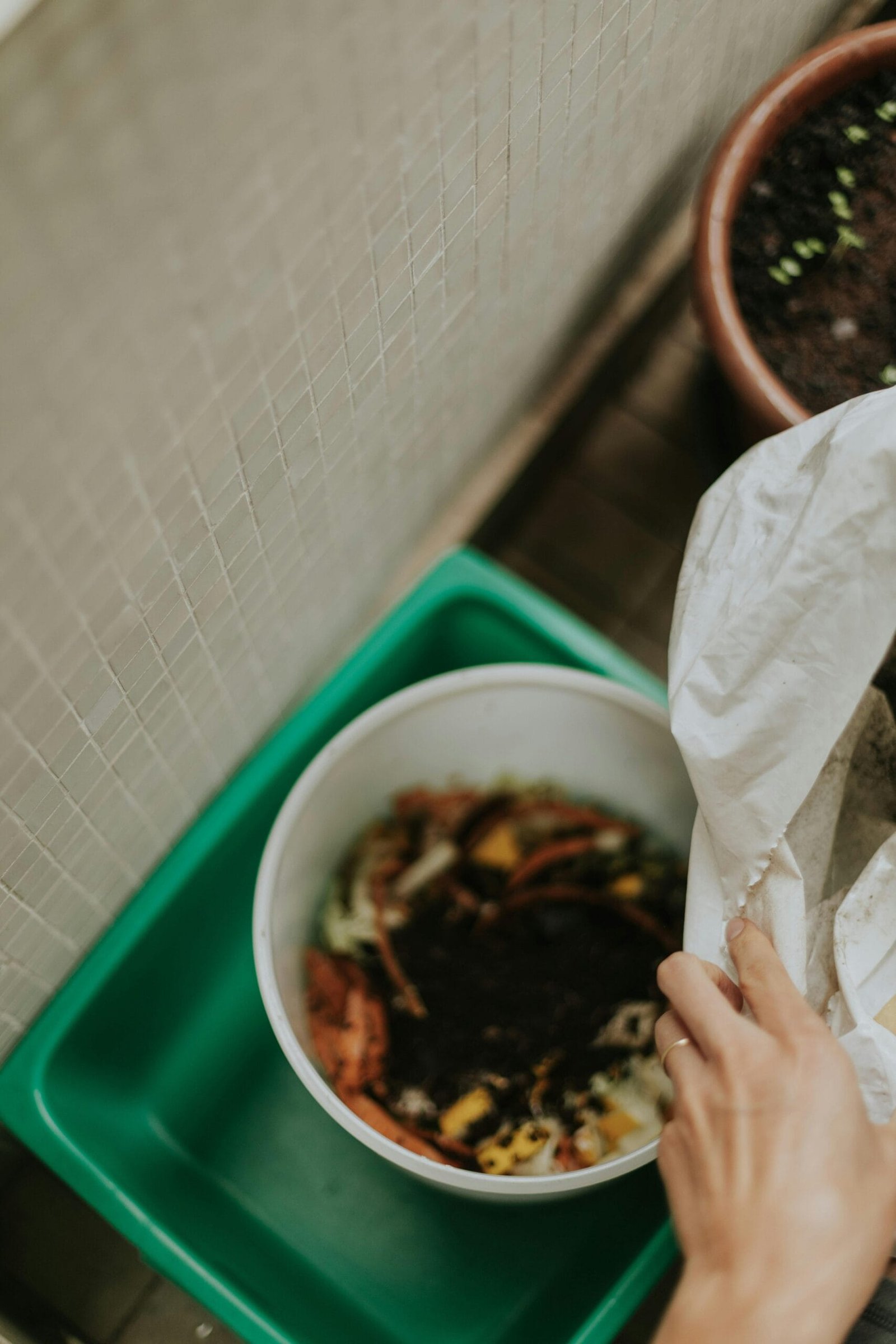
5. Creative Container Ideas
When working with compact spaces, containers are your best allies. Think outside the container! Here are some of our favorite creative suggestions:
- Repurposed Materials: Plant in old mason jars, tin cans, or even shoe organizers.
- Hanging Containers: Macramé hangers or mounted planters save floor space and introduce a decorative twist.
- Stackable Containers: These are great for growing herbs or strawberries upwards.
- Window Boxes: If you have a window sill, turn it into an herb or flower garden.
Be sure to select the pots that have drainage holes so you won’t overwater.
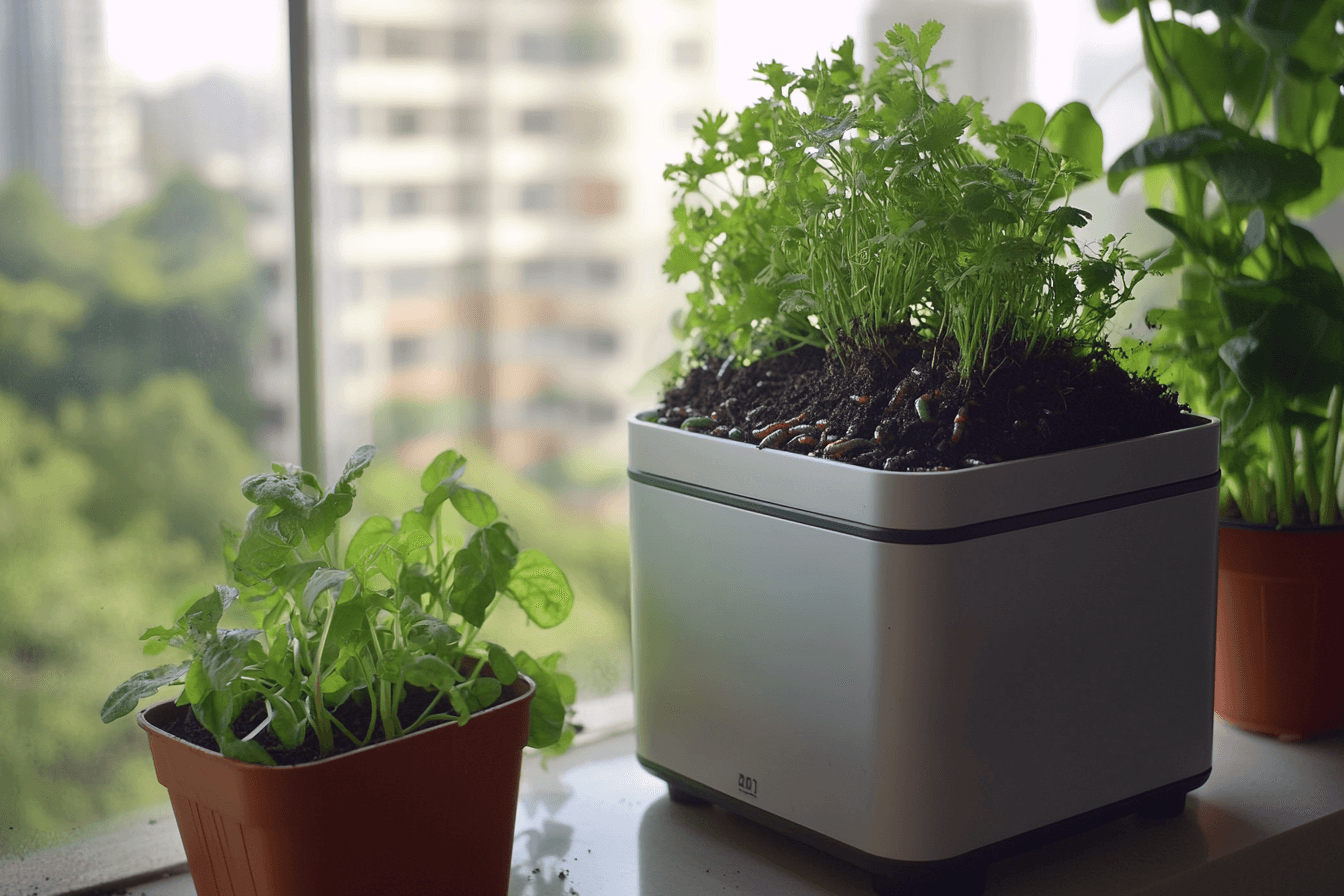
6. Light Matters
Most plants love lots of light in order to grow successfully, yet not every small space gets good natural light. Here’s what to do about it:
- Grow Lights: Utilize LED or fluorescent grow lights, which are energy-efficient and suitable for indoor gardening. Place them over your plants for 12-16 hours a day. Use a timer to automate light duration.
- Reflective Surfaces: Reflect light onto your plants by using mirrors or foil.
- South-Facing Windows: If available, place your plants where there is a south-facing window in order to receive the most light.
7. Keep It Simple and Fun
Small-space gardening is supposed to be fun, not stressful. Test small, try, and don’t be afraid to fail. Some last-minute advice follows:
- Establish a Habit: Water, light, and nutrient check for your plants regularly.
- Enlist the Help of Friends: Have a harvest share or trade plants with friends to enjoy new varieties.
- Reward Small Successes: Savor your first basil harvest or bountiful succulent; pat yourself on the back.
Final Thoughts
Small-space gardening is all about being creative and optimizing what you already possess. With such approaches as aquaponics, hydroponics, and small-space composting, you can have a finger on just-picked herbs, vegetables, and beautiful plants even in the tiniest of spaces. It is also a rewarding way of living with nature, less wastage, and introducing life into your home.
So grab a pot, seeds, and start planting! Your adventure in small-space gardening has started today. Thanks for reading and have a Global Happy Day!🌱
______________________________________________________________________________
Cool Items to Check Out for Your Small Garden
Getting started with small-space gardening is easier when you have the right tools. Whether you’re looking to grow fresh herbs in your kitchen, experiment with hydroponics, or maximize your vertical space, the right products can make all the difference. We’ve rounded up some must-have gardening essentials that are perfect for dorm rooms, apartments, and tiny homes. Check them out below to kickstart your green oasis with ease! 🌱✨
1. AeroGarden Harvest 2.0 – Compact Indoor Hydroponic Garden
Bring the joy of gardening indoors with the AeroGarden Harvest 2.0, a sleek and compact hydroponic system designed for small spaces. This self-watering garden features energy-efficient LED grow lights and a built-in control panel to help you grow fresh herbs, vegetables, and flowers year-round—no soil needed! Perfect for dorm rooms, apartments, or any space with limited sunlight, this easy-to-use system takes the guesswork out of gardening, ensuring your plants thrive effortlessly.
2. GardenCube Hydroponics Growing System – Space-Saving Smart Garden
Maximize your indoor gardening potential with the GardenCube Hydroponics Growing System, a vertical, soil-free setup ideal for growing leafy greens, herbs, and vegetables in tight spaces. With an adjustable LED grow light and a smart water circulation system, this all-in-one hydroponic garden promotes rapid plant growth while requiring minimal effort. Whether you’re new to gardening or looking for a mess-free way to cultivate fresh produce, this compact system is a stylish and functional addition to any small home or kitchen.
3. Dicunoy Wicker Harvest Basket – Rustic Storage for Your Homegrown Produce
Add a touch of charm to your gardening routine with the Dicunoy Wicker Harvest Basket—a beautifully woven, sturdy basket perfect for collecting fresh herbs, fruits, and vegetables from your indoor or balcony garden. Featuring a comfortable handle and spacious interior, this basket is both decorative and practical, making it an excellent choice for transporting produce or even serving as a stylish storage piece in your kitchen.
4. Luxear Produce Saver Containers – Keep Your Harvest Fresh Longer
Preserve the freshness of your homegrown herbs and veggies with the Luxear Produce Saver Containers—specially designed to extend the shelf life of fruits and vegetables. These innovative containers regulate moisture and airflow to prevent spoilage, keeping your small-space garden’s harvest crisp and delicious for days longer. With their stackable, space-saving design, they’re a must-have for anyone looking to reduce food waste and enjoy fresher produce from their indoor garden.
Disclaimer: Gardening advice on this site is shared for educational and recreational purposes only. Local climate, soil, and environmental factors can affect outcomes. Please research region-specific practices and consult gardening experts for personalized advice.
Note: This blog post contains affiliate links, which means we may earn a small commission if you purchase through these links, at no additional cost to you. We review all ratings on these recommendations, and we only recommend products or services we believe can serve a purpose to you. Your support helps keep this blog running, so thank you!

